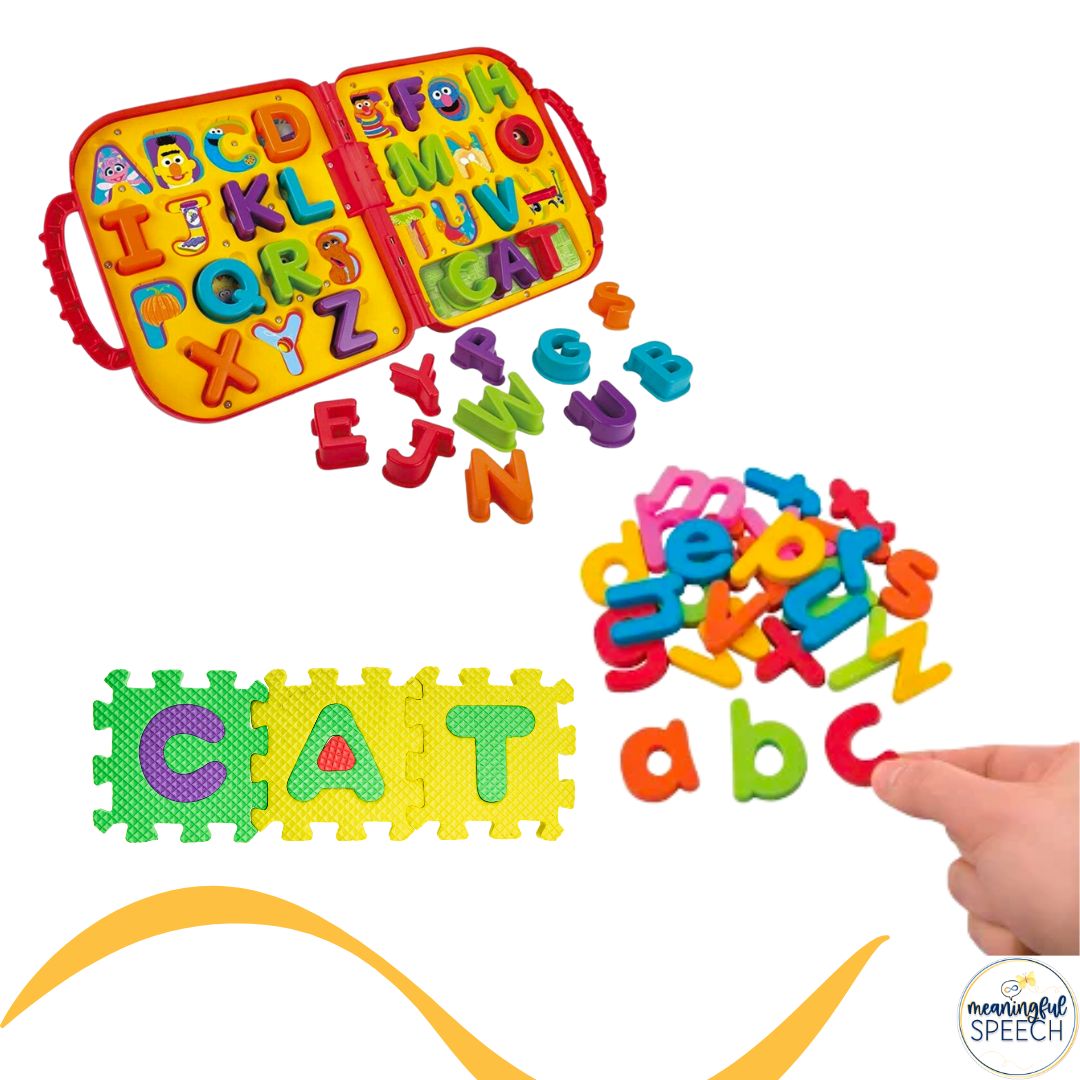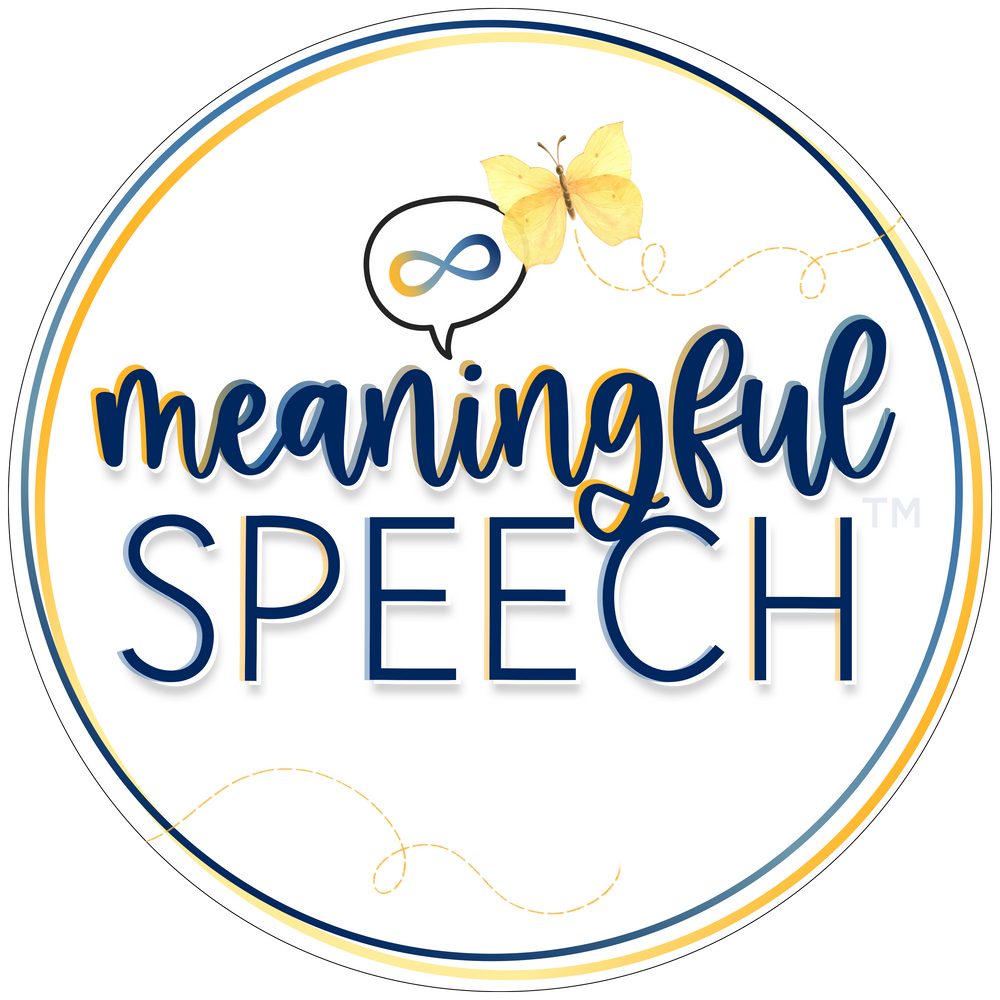Hyperlexia and Gestalt Language Processing
Jul 24, 2025
“I don’t think in pictures. I do think visually, but in text, not in images. I think people should be mindful that a lot of people think that we’re visual thinkers but that sometimes could mean by text.” - Tiffany Joseph, Autistic, hyperlexic GLP & part-time AAC user.
What is hyperlexia and how does it relate to gestalt language processing?
Children who are hyperlexic have advanced reading skills relative to comprehension skills. They learn to read early (before age 5) without explicit teaching and they have a strong orientation towards written material. It’s important to note that hyperlexia isn't a diagnosis, it's a learning style (Ostrolenk2017). Hyperlexia is very important to understand and discuss when it comes to gestalt language development because most hyperlexic children are gestalt language processors.
How can I support hyperlexic gestalt language processors?
Hyperlexic readers depend on written and visual instruction in order to learn and acquire language. We want to apply this to how we support them on their language development journey at home, in school or in therapy. Here are some suggestions:
- Write out models. Mirror what’s going on in spoken language therapy but in written language. Write out the gestalts while continuing to naturally model them. You can do this with pen and paper, whiteboards, etc.

- Incorporate Letters. Have letters available as an option in your child-led therapy. Consider using them to spell out words and/or gestalts.

- AAC Considerations. If the child has an AAC device or you believe they would benefit from one, consider a robust AAC system with access to a keyboard. Some apps also have a whiteboard feature. Use these to type out their gestalts and/or write them out with the whiteboard feature. If your app doesn’t have a whiteboard feature but your device is open for downloading, you can download a separate whiteboard app!

- Turn on subtitles. Turn on the subtitle setting on your TV, tablet, or streaming device. This will allow the child to have text models to go along with the language they’re hearing in the media they’re watching.
Want to learn more in-depth information about how to support gestalt language processors?
- There are many free podcasts, webinars and articles to get you started. A comprehensive list of resources can also be found on our website.
- Consider taking the Meaningful Speech course to learn more about how your child or client processes language, how you can help move them from echolalia to self-generated (original flexible) language, child-led therapy, and neurodiversity-affirming practices.
- Consider taking our new AAC + Gestalt Language Processing course. It will teach you how to identify, evaluate and support gestalt language processors who use AAC or who you think might benefit from AAC.
- Look for a speech-language pathologist (SLP) who "gets it" and can help you in supporting your child's language development. Check out our registry. for SLPs who understand gestalt language processing and child-led therapy.
